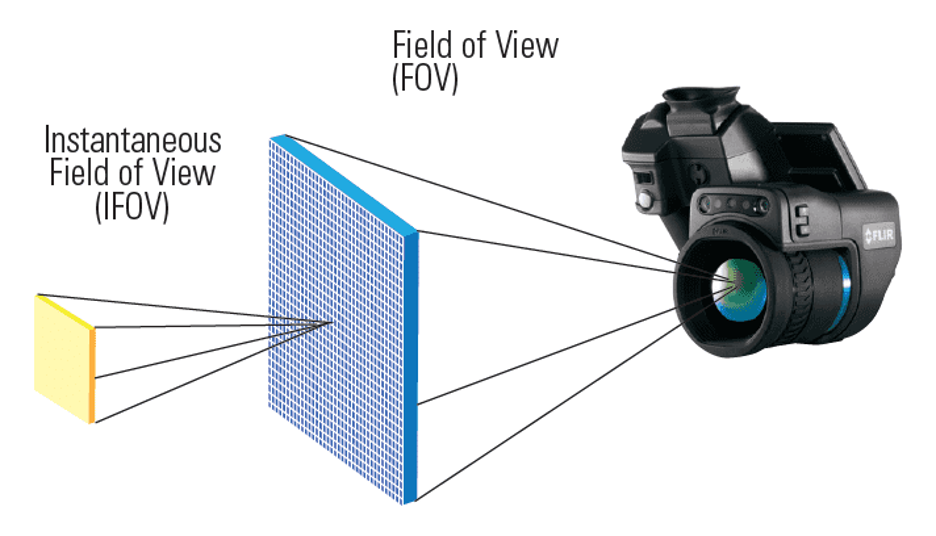The Myth Behind IFOV Values
Sponsored by:

Tip written by: Infraspection Institute
A specification commonly provided for thermal imagers is Instantaneous Field of View or IFOV. Many people mistakenly believe that IFOV values provide meaningful information about a thermal imager’s performance. Unfortunately, this is simply not true.

Originally developed for evaluating the optical performance of thermal imaging systems, IFOV values were intended to allow a user to calculate the minimum target size needed to achieve 50% probability of detection at any given distance. Using IFOV values to evaluate modern thermal imagers and radiometers is unreliable for several reasons:
- To date, there is no accepted standard for determining IFOV. Consequently, imager manufacturers calculate IFOV values differently, making test results impossible to compare.
- Because IFOV values are reported for a single pixel, they cannot be used to accurately calculate spot measurement size for imaging radiometers since accurate temperature measurement requires several pixels, not just one.
- Stated IFOV values are traditionally reported at 50% radiance or less which is unreliable for both temperature measurement and accurate thermal imaging.
The Infraspection Institute Standard for Measuring Distance/Target Size Values for Infrared Imaging Radiometers provides a simple and effective method for determining spot measurement size for any quantitative infrared imager. Proper use of this standard is taught in all Infraspection Institute Level II training courses.
For more information on thermographer training and certification or to obtain a copy of the standard, visit us online at www.infraspection.com or call us at 609-239-4788.
Advertisement

